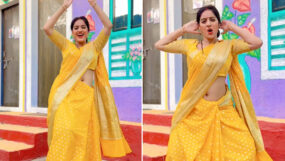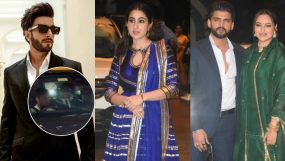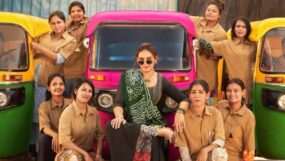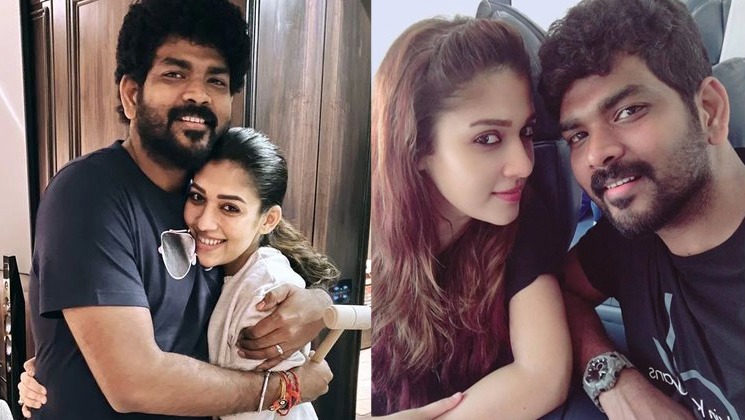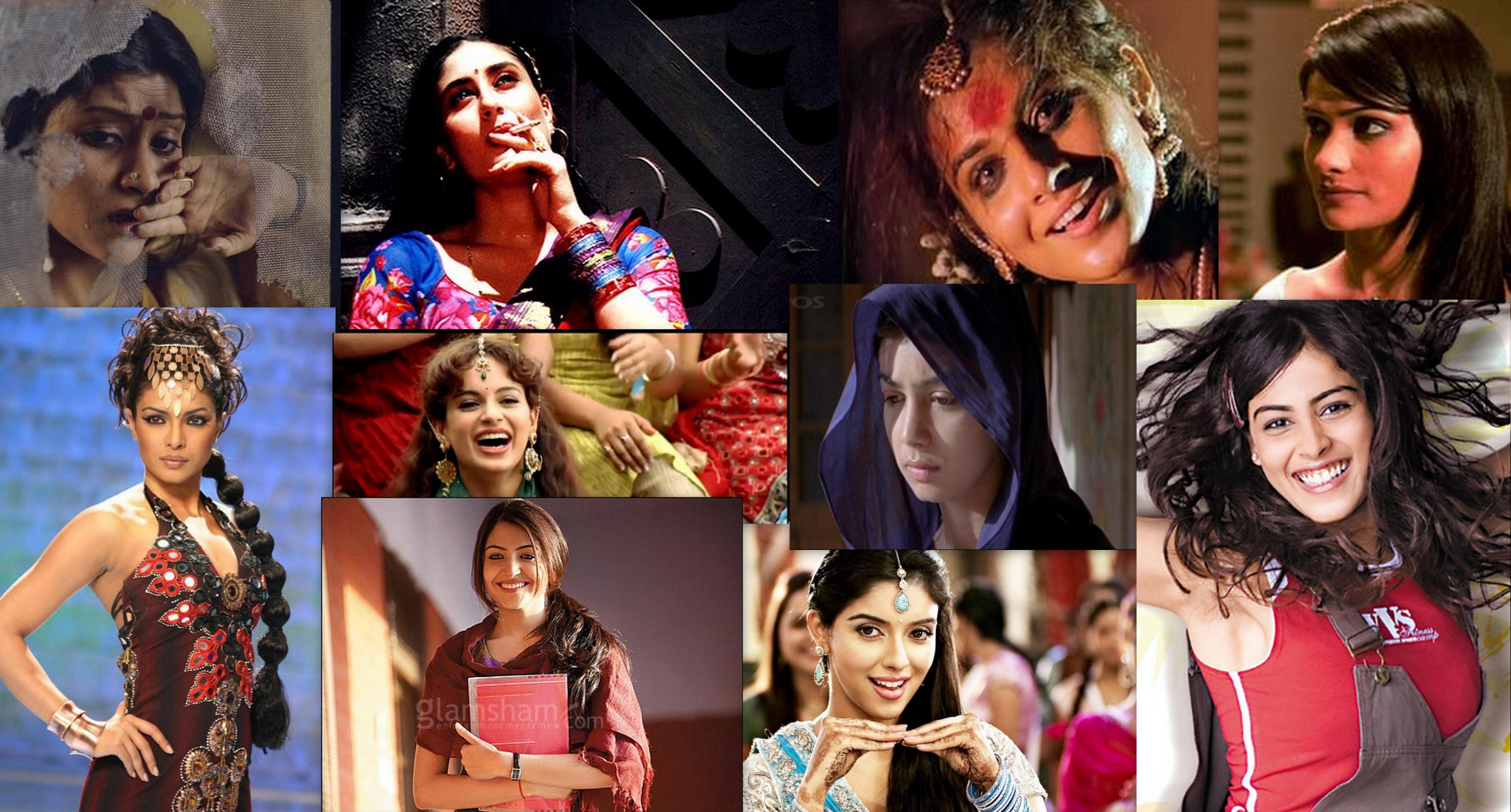
Once upon a time actresses like Devika Rani and Zubeidaa ruled Indian cinema. Are actresses today getting equal opportunities in the over $2 billion film industry?
March 8 is International Women’s Day, an appropriate time to take a look at the role of women in Indian cinema over the last 100 years.
When Dadasaheb Phalke, the Father of Indian Cinema, released his “Raja Harischandra” in 1913, women used to shun movies and it was left to male artists to play female characters.
Times changed by the 1930s. Devika Rani, Zubeidaa, Mehtab, Shobhana Samarth – all women from affluent families — entered the movie business and changed the face of Indian cinema by redefining the importance of women in films. They were followed by Suraiya, Meena Kumari, Madhubala and Waheeda Rehman, stars who brought about a sea change in attitudes as leading ladies.
“Achhut Kanya”, “Jeevan Prabhat”, “Nirmala”, “Alam Ara”, “Zarina”, “Chitralekha”, “Parineeta”, among others, are some of the movies with woman-centric themes of that era.
In terms of remuneration, status and roles, the leading ladies of that time were on par with their male counterparts.
But are women enjoying the same status in the 21st century?
Listen to the leading ladies of modern-day cinema to get an insight into their status — on and off the screen.
Kareena Kapoor: “In Bollywood it’s always between three or four Khans and a couple of other actors. I guess female actors are there for just dancing with them. We have to stand behind Shah Rukh and Salman (Khan) and say, ‘Hey! I’m here too, give me something to do.’ And the pay cheques, what Salman gets and what I get… let’s not even go into that”
Kangana Ranaut: “Forget the credit, they (male actors) take all the money as well. We don’t get paid even one-third of what male actors take home. It’s not so much about the money, but it’s about (being a) woman.”
The situation seems to be same down south. Sample this:
* At a panel discussion, actors Suhasini Mani Ratnam, Gauthami, Nadia and Lissy Priyadarshan said south Indian cinema had several woman-centric themes, but over the past decade or so there has been a marked decline in portraying strong woman characters.
* Tamil cinema of the 1970s and 80s produced several woman-oriented films that were critically and commercially acclaimed. But we don’t see such films any more.
* Actor and filmmaker Kamal Haasan raised the question at a panel discussion on ‘Evolution of women in film’. “I can understand my own movies being oriented towards the male lead,” he said, in a bid to indemnify himself. “I am the star and I bring in finances for my films. What I don’t get is why other filmmakers are not making woman-centric movies.”
Certainly, not an ideal situation!
When beautiful and free-willed Devika Rani, Zubeidaa, Mehtab, and Shobhana Samarth paved the way for women in films, no one would have thought that there would be a time when actresses would merely become showpieces in films.
It was not easy to find a strong foothold in a male-dominated and patriarchal society, but they achieved that feat.
Devika Rani, co-founder of Bombay Talkies studio, was one of the most powerful actresses of her time and gave Hindi cinema’s first kiss — and perhaps its longest one at that.
Zubeida, daughter of Fatima Begum and the daughter of an affluent Nawab, shot to fame with “Alam Ara” and commanded a high wage.
Cut to the present.
At a time when women are breaking free of taboos and stereotypes, filmdom doesn’t seem to reflect the changing social trend.
In terms of women entering films, the number has gone up manifold, but in terms of screen space, their roles have shrunk.
From the storyline to end credits — most of the time their male counterparts get preference over them.
Filmmakers occasionally come up with stories about the empowerment of women, and actresses like Tabu and Vidya Balan get a rare chance to carry them on their shoulders. But such opportunities are few and far between.
If made well, women-centric films can dig gold at the box office. “Kahaani” and “No One Killed Jessica” are cases in point.
Today, when an actress poses in a bikini in a film or for the cover of a magazine, it sets tongues wagging. But it’s not new — Mehtab did a topless bathtub sequence in Kidar Sharma’s “Chitralekha” in 1942.
In fact, in terms of bold scenes and relationships, those women were not bound by any taboo or stereotype.
It’s time to get inspired by the past and ensure actresses are judged by their abilities and achievements, and not labelled or stereotyped by their gender and relationships.
Inputs by IANS







